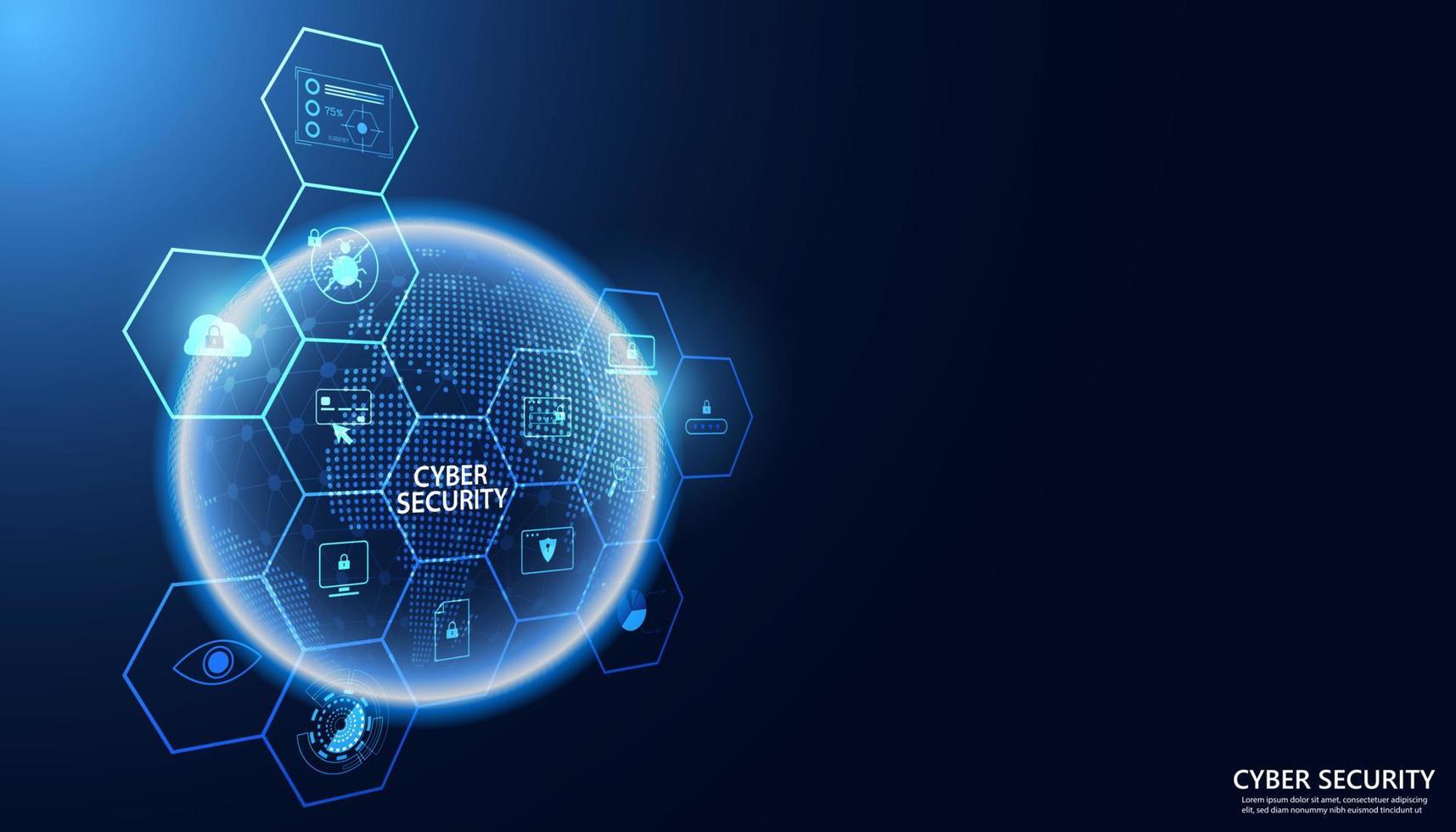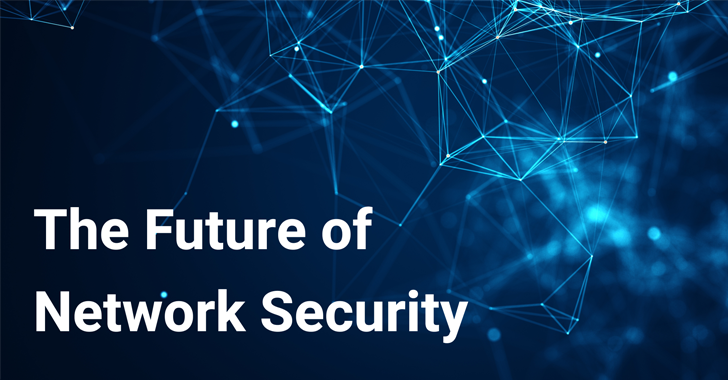How Data Cyber Security Protects Your Organization from Emerging Threats
How Data Cyber Security Protects Your Organization from Emerging Threats
Blog Article
The Crucial Duty of Data and Network Safety And Security in Safeguarding Your Information
In an age where information violations and cyber risks are progressively widespread, the value of robust information and network safety and security can not be overstated. The execution of reliable protection measures, such as encryption and accessibility controls, is crucial to keeping count on and operational honesty.
Comprehending Data Safety
In today's digital landscape, an overwhelming majority of companies face the complexities of data protection. This crucial element of infotech includes safeguarding sensitive data from unapproved accessibility, corruption, or burglary throughout its lifecycle. Information protection encompasses various strategies and technologies, including security, access controls, and data masking, all aimed at securing details versus breaches and susceptabilities.
An essential aspect of information safety and security is the recognition and classification of data based on its level of sensitivity and relevance. This category assists organizations prioritize their protection initiatives, designating sources to shield one of the most crucial information successfully. Applying durable policies and procedures is important to make certain that workers recognize their duty in maintaining data safety.
Routine audits and evaluations help in identifying potential weaknesses within a company's data safety and security framework. In addition, staff member training is crucial, as human mistake continues to be a considerable factor in data breaches. By fostering a culture of security awareness, organizations can alleviate risks associated with insider risks and carelessness.
Relevance of Network Safety And Security
Network safety and security stands as a cornerstone of an organization's overall cybersecurity approach, with approximately 90% of services experiencing some form of cyber hazard in the last few years. The value of network security exists in its capability to safeguard delicate details and maintain the honesty of business procedures. By guarding network frameworks, organizations can avoid unauthorized accessibility, information violations, and other malicious activities that can endanger their assets and online reputation.
Executing robust network safety and security determines not only helps in mitigating threats yet additionally cultivates count on among stakeholders and clients. When consumers are assured that their personal and financial info is safe and secure, they are more probable to engage with the company, causing boosted customer loyalty and business growth.
Additionally, a well-structured network protection framework facilitates compliance with various regulatory needs. Organizations should comply with industry requirements and legal mandates concerning information security, and reliable network protection practices can make certain conformity, therefore staying clear of possible penalties.

Common Cyber Risks
Organizations should remain attentive against a range of cyber dangers that can threaten their network safety and security initiatives. Amongst one of the most usual risks is malware, which incorporates infections, worms, and ransomware that can interrupt operations, steal information, or hold info captive. Phishing attacks, where harmful stars impersonate trusted entities to deceive people into exposing delicate information, remain to grow in class, making individual education important.
Another prevalent risk is distributed denial-of-service (DDoS) strikes, which overload systems with website traffic, rendering them inaccessible to genuine customers. Expert hazards, whether unintentional or deliberate, position considerable dangers as workers might unintentionally subject delicate data or intentionally manipulate their gain access to for malicious purposes.
Additionally, vulnerabilities in software program and equipment can be manipulated by cybercriminals, highlighting the value of normal updates and spot administration. Social engineering techniques better make complex the landscape, as assaulters control people into disclosing secret information with mental manipulation.
As these dangers advance, organizations should maintain an aggressive strategy to recognize, mitigate, and react properly to the ever-changing cyber risk landscape, protecting their important info and keeping count on with stakeholders. fft pipeline protection.
Ideal Practices for Defense
Applying durable security procedures is essential for safeguarding delicate details and keeping operational integrity. Organizations ought to begin by performing comprehensive threat assessments to recognize susceptabilities within their systems. This aggressive strategy makes it possible for the prioritization of safety and security campaigns customized to the details demands of the organization.
Embracing solid password plans is essential; passwords must be intricate, regularly transformed, and handled making use of safe and secure password monitoring tools. Multi-factor authentication (MFA) includes an added layer of safety by calling for additional verification methods, therefore reducing the danger of unauthorized access.
Routine software program updates and patch administration are important to shield against known vulnerabilities. Carrying out firewalls and breach detection systems can further protect networks from exterior hazards. Employee training is equally vital; staff must be educated on recognizing phishing attempts and understanding the relevance of information safety methods.
Data file encryption should be utilized for sensitive details, both at remainder and in transit, to make certain that even if information is intercepted, it continues to be hard to reach (fft pipeline protection). Last but not least, organizations must develop and frequently examination occurrence feedback prepares to make certain fiber network security speedy activity in the event of a safety breach. By sticking to these finest techniques, organizations can boost their safety and security stance and secure their vital data possessions
Future Trends in Protection
The landscape of information and network safety is consistently advancing, driven by developments in modern technology and the increasing sophistication of cyber dangers. As organizations increasingly adopt cloud computing and IoT devices, the paradigm of protection will certainly shift towards a zero-trust version. This technique emphasizes that no entity-- exterior or internal-- is inherently trusted, mandating confirmation at every access factor.
Additionally, the use of expert system and device discovering in safety and security methods is on the increase. These technologies make it possible for predictive analytics, allowing companies to determine vulnerabilities and possible threats prior to they can be manipulated. Automation will likely play a critical duty in simplifying protection reactions, decreasing the time taken to mitigate breaches.
Additionally, regulative frameworks will remain to tighten, demanding a lot more rigorous conformity steps. Organizations needs to stay abreast of advancing regulations to ensure they satisfy protection standards.

Final Thought
Finally, the relevance of information and network safety and security can not be overemphasized in the contemporary electronic landscape. With the prevalence of cyber risks and the raising complexity of regulatory requirements, companies need to adopt comprehensive safety actions to protect delicate info. By staying and carrying out effective techniques notified regarding arising trends, organizations can boost their resilience versus prospective attacks, guaranteeing data integrity and promoting count on amongst stakeholders and customers. Focusing on safety remains essential for operational connection and long-term success.
In an era where data breaches and cyber dangers are significantly common, the value of robust data and network security can not be overemphasized. Information safety includes various strategies and technologies, consisting of security, gain access to controls, and data masking, all intended at securing information versus breaches and vulnerabilities.
A basic element of data protection is the recognition and classification of information based on its level of sensitivity and value.The landscape of data and network protection is consistently advancing, driven by improvements in technology and the raising refinement of cyber risks.In final thought, the value of information and network security can not be overstated in the contemporary electronic landscape.
Report this page